Seven hidden attractions at this hugely popular Tokyo shrine
From a seven-hectare forest to a majestic archway, Tokyo’s Meiji-Jingu shrine features hidden attractions worth lingering for.
Enter via the majestic torii gate
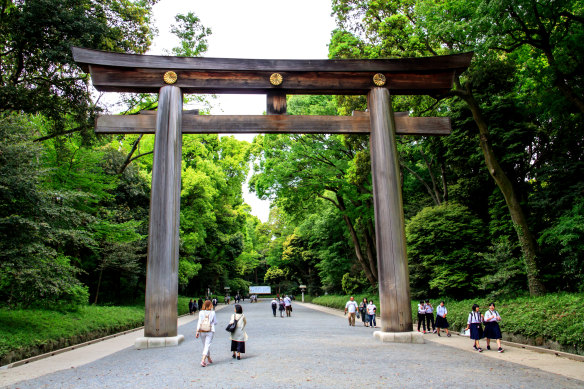
The torii gate entrance to Meiji Jingu.Credit: iStock
It’s hard to believe such a peaceful place exists within one of the world’s largest cities. But here is Meiji-Jingu, the Shinto shrine dedicated to the deified spirits of two of the most important figures in Japan’s recent history, Emperor Meiji and his wife Empress Shoken, and it’s just a short walk from Harajuku station. There are several ways to enter the grounds (split into two major sections, Naien, the inner precinct, and Gaien, the outer), though Harajuku is the best, as the pathway into the forest leads visitors to a huge torii gate. These archways are the symbol of Japan, and rarely will you find one more majestic.
Leave time to bathe in the forests
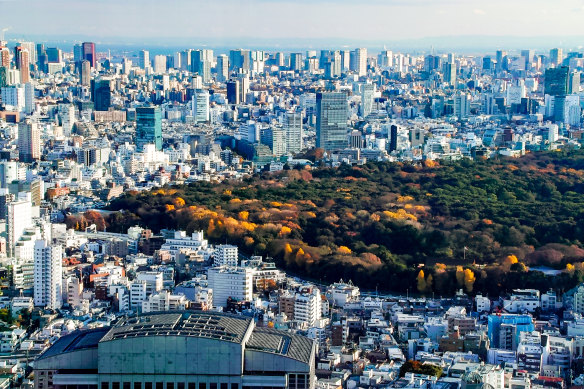
Autumn turns the leaves gold in the forest of the Meiji Shrine in Tokyo. Credit: Getty Images
The Meiji shrine is impressive, but it’s also very popular, with more than 3 million visitors a year, so it’s worth getting off the beaten paths and exploring the 70 hectares of forestland it’s set in. Those forests are made of 120,000 trees that were donated from all corners of Japan. Enjoy the chance to experience nature in the middle of such a large city, but also take time to visit the Meiji Memorial Picture Gallery, which houses 80 large murals depicting the life of the Emperor.
Don’t barrel past the sake barrels
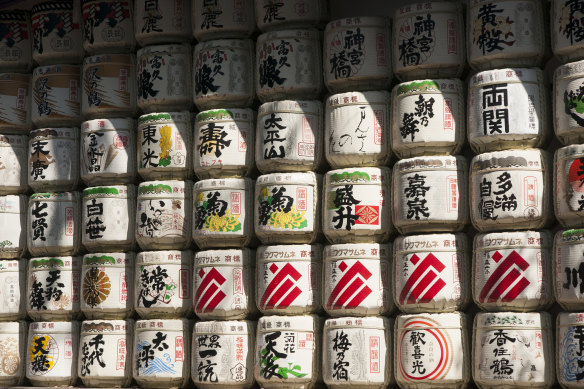
Sake barrels donated as a show of respect to Emperor Meiji.
Pass the torii gate near Harajuku station and the path will lead you to a huge wall of more than 200 sake barrels. These traditional straw barrels were donated to the shrine by the most important sake breweries across Japan, as a show of respect to Emperor Meiji. Just around the corner, too, you’ll find a large collection of wine barrels from France, a sign of Emperor Meiji’s lasting legacy: the opening of Japan to the world.
Revel in the romance of the “Couple Camphors”
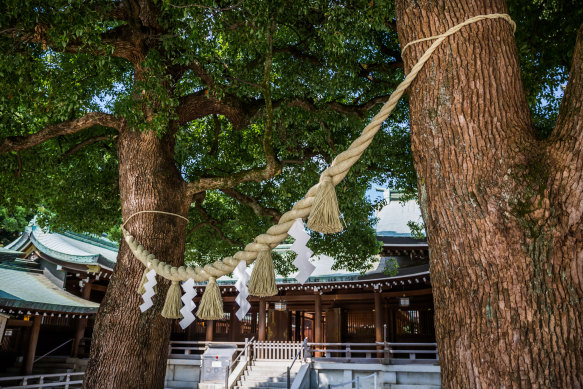
Couples visit the trees, bound with shimenawa rope, for good luck.Credit: iStock
Though there are more than 120,000 trees in Meiji Jingu, two in particular attract the most attention. These are the “Couple Camphors”, two giant camphor trees just near the main shrine. The two trees are meant to represent Emperor Meiji and Empress Shoken, a famously loved-up couple, and as such the trunks are bound together with a shimenawa, a traditional Shinto rope. Couples visit the trees in the hopes the romance of the royal pairing will rub off on their own relationship.
Watch out for the wedding groups
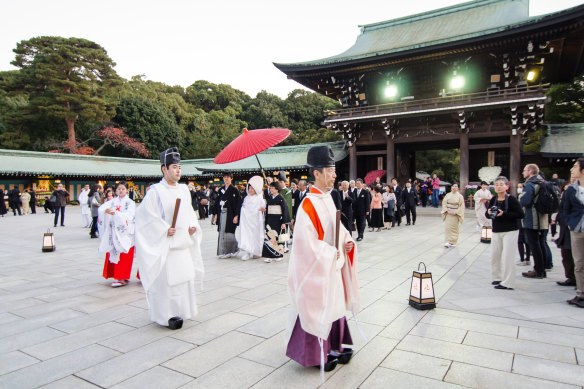
A traditional Japanese wedding ceremony at Meiji Jingu Shrine.Credit: iStock
Of course the main attraction at Meiji Jingu is the shrine itself, in the centre of the Naien area, a beautiful building that attracts large numbers of people. While you’re visiting, keep an eye out for wedding groups – this is a popular spot to get married for those with the right connections, and the parties will be dressed to the nines in traditional finery, kimonos and more, and will be walking single-file through the shrine’s grounds.
Take in a baseball game
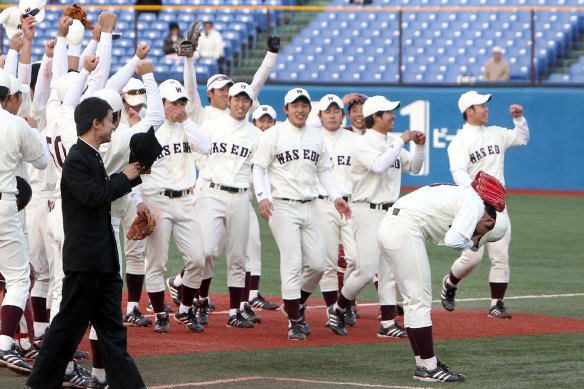
Catch a baseball game at Jingu Stadium.Credit: Getty Images
How good is this? Tokyo’s most important Shinto shrine complex is also home to a baseball field, the Meiji Jingu Stadium, a historic ground that’s home to the Tokyo Yakult Swallows. This is one of the best places in Japan, if not the entire planet, to catch a ballgame, and should be on every sports fan’s list if you’re in town at the right time.
Behold the irises of June
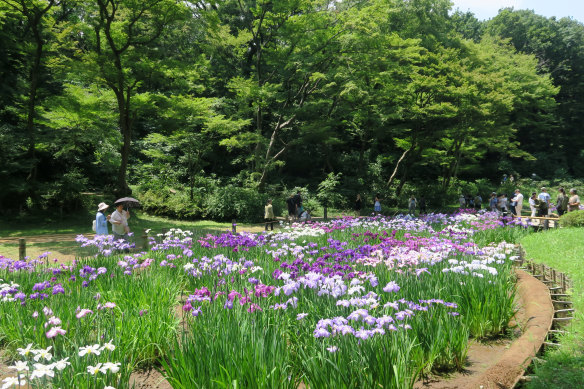
The irises bloom around June in the inner garden.Credit: Shutterstock/Picturesque Japan
Meiji Jingu hosts a series of festivals and other events throughout the year, particularly around the New Year, and also in early November. These can make for an interesting time to visit, though the shrine is also extremely busy. Another event to plan around is the blooming of irises in June, which blanket the Inner Garden in whites, purples and blues.
See meijijingu.or.jp
Sign up for the Traveller Deals newsletter
Get exclusive travel deals delivered straight to your inbox. Sign up now.